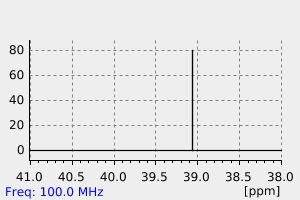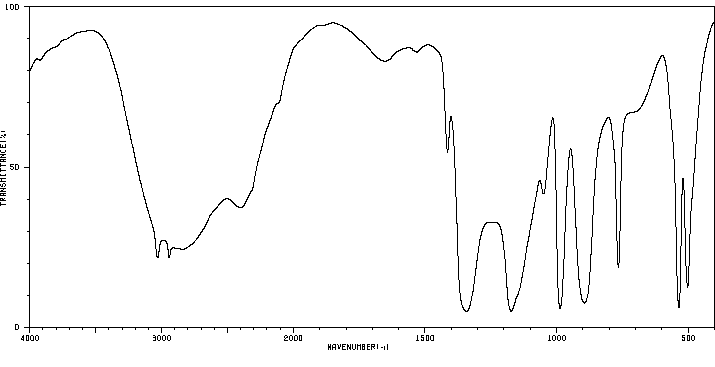代谢
甲基营养菌Marinosulfonomonas methylotropha TR3株是一种海洋甲基营养菌,它以甲烷磺酸(MSA)作为唯一的碳源和能源。从M. methylotropha TR3株克隆并测序了编码甲烷磺酸盐单加氧酶的基因,该酶负责将MSA初步氧化为甲醛和亚硫酸盐。这些基因位于该细菌染色体的两个基因簇上。一个5.0-kbp的HindIII片段包含msmA、msmB和msmC,分别编码甲烷磺酸盐单加氧酶的大亚基和小亚基以及铁氧还蛋白组分;而一个6.5-kbp的HindIII片段包含msmA和msmB的重复拷贝,以及编码甲烷磺酸盐还原酶组分的msmD。两套msmA和msmB基因几乎完全相同,且M. methylotropha TR3株的msmA和msmB序列与陆地MSA利用菌Methylosulfonomonas methylovora M2株的相应加氧酶相比,发现分别有82%和69%的同一性。msmA基因被研究作为检测利用MSA的细菌的功能基因探针。设计了一对跨越msmA编码独特Rieske [2Fe-2S]结合区域的PCR引物。这些引物用于从新分离的利用MSA的Hyphomicrobium、Methylobacterium和Pedomicrobium物种、从MSA富集培养物以及直接从环境中提取的DNA样本中扩增相应的msmA基因。这些msmA基因片段与现存的MSA利用菌的msmA序列的高度同一性表明,这些PCR引物在分子微生物生态学中是有效的。
Marinosulfonomonas methylotropha strain TR3 is a marine methylotroph that uses methanesulfonic acid (MSA) as a sole carbon and energy source. The genes from M. methylotropha strain TR3 encoding methanesulfonate monooxygenase, the enzyme responsible for the initial oxidation of MSA to formaldehyde and sulfite, were cloned and sequenced. They were located on two gene clusters on the chromosome of this bacterium. A 5.0-kbp HindIII fragment contained msmA, msmB, and msmC, encoding the large and small subunits of the hydroxylase component and the ferredoxin component, respectively, of the methanesulfonate monooxygenase, while a 6.5-kbp HindIII fragment contained duplicate copies of msmA and msmB, as well as msmD, encoding the reductase component of methanesulfonate. Both sets of msmA and msmB genes were virtually identical, and the derived msmA and msmB sequences of M. methylotropha strain TR3, compared with the corresponding hydroxylase from the terrestrial MSA utilizer Methylosulfonomonas methylovora strain M2 were found to be 82 and 69% identical. The msmA gene was investigated as a functional gene probe for detection of MSA-utilizing bacteria. PCR primers spanning a region of msmA which encoded a unique Rieske [2Fe-2S] binding region were designed. These primers were used to amplify the corresponding msmA genes from newly isolated Hyphomicrobium, Methylobacterium, and Pedomicrobium species that utilized MSA, from MSA enrichment cultures, and from DNA samples extracted directly from the environment. The high degree of identity of these msmA gene fragments, compared to msmA sequences from extant MSA utilizers, indicated the effectiveness of these PCR primers in molecular microbial ecology.
来源:Hazardous Substances Data Bank (HSDB)









